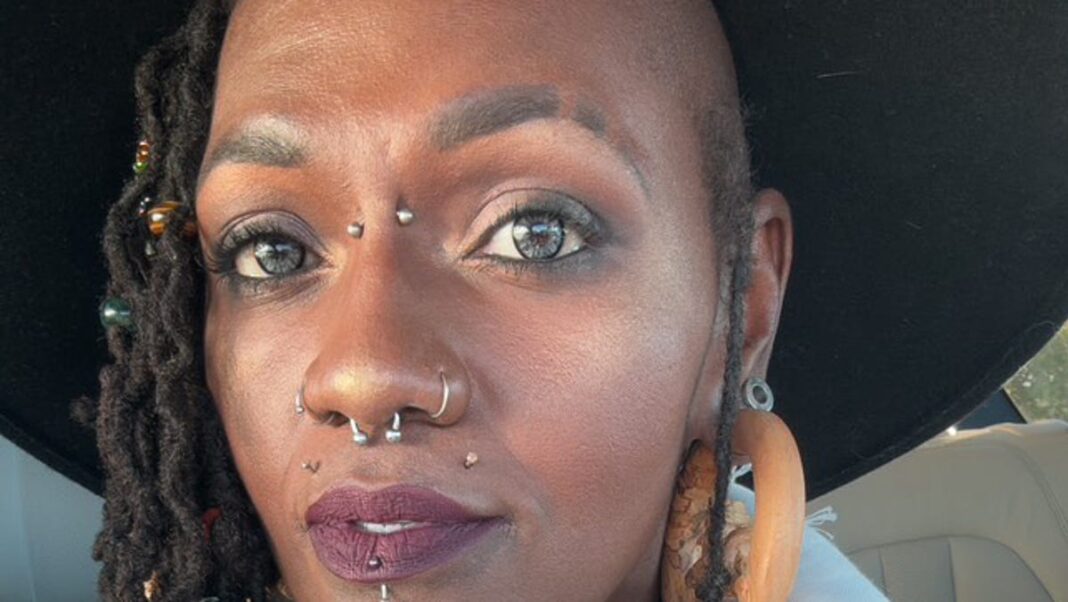Understanding Polyamory Among People of Color
For Chaneé Jackson Kendall, family holds immense significance. However, her family doesn’t fit the traditional mold. As a Black person in a polyamorous relationship, she finds that society often portrays polyamorous families in a predominantly white light.
Numerous advocates for polyamory within the BIPOC community express frustration over what they see as a lack of representation in broader nonmonogamous discussions.
“Polyamory isn’t a new idea for us,” states Ebony Hagans, an expert on polyamory and founder of the Instagram account @marjanilane. “We have been practicing it for a long time.” They note a significant “knowledge gap” between the Black community and the general nonmonogamous community.
Kendall elaborates: “My family comprises four adults who are co-parenting a child. We’ve chosen to navigate life together despite the various changes in our romantic and sexual dynamics over the past nine years since our child’s birth.” Additionally, they lean on the support of their biological families and their chosen family.
The polyamorous community, like any other, is diverse. Individuals of color who engage in nonmonogamy often confront distinct hurdles. Many report feeling fetishized, objectified, and judged—experiences that are sometimes intensified compared to their white counterparts. Polyamory experts advocate for greater awareness and education to combat these issues.
“There’s a lack of discussion around the sizeable presence of queer BIPOC in polyamorous communities,” comments Flo Oliveira, an educator. “While we may not be widely recognized, we exist and are actively involved; we just don’t receive much attention, and the assumption often remains that polyamory is predominantly a white phenomenon, which is inaccurate.”
‘The Risks are Greater’
A 2016 study analyzing U.S. Census data found that 20% of single adults had practiced consensual nonmonogamy at least once. Further research by the Kinsey Institute in 2021 indicated that 1 in 6 Americans are interested in polyamorous relationships. Notably, “Polyamorists come from various political affiliations, socioeconomic backgrounds, and racial identities,” according to a Kinsey Institute blog post from 2022.
This isn’t surprising. As Kendall points out, “The cultural dynamics of African-American families have always leaned towards collectivism.”
Some researchers advocate for prioritizing Black, queer, femme, and nonbinary voices in the conversation around polyamory, stating that these individuals enrich the discourse by addressing issues of marginalization beyond just queerness and offering strategies for resilience. A 2014 study noted that people of color often navigate societal perceptions that label their sexual identities as “deviant,” which can hinder public expressions of diverse sexual practices due to fear of backlash.
“The repercussions of being nonmonogamous or polyamorous are more severe for Black individuals,” Hagans emphasizes.
Fetishization of Polyamorous People of Color
The term “fetishization” was frequently mentioned by polyamorous individuals of color who spoke with YSL News.
“I personally refrain from dating white individuals in the polyamorous scene due to negative past experiences,” Oliveira shares. “The aspect of being fetishized is really alarming.”
Sawyers adds: “People often associate racism with a specific appearance, but fetishization itself is a form of racism. I might not encounter overt derogatory remarks or microaggressions at a polyamorous event—though that has occurred—but more often, I experience being fetishized.”
Not every encounter is negative. “Generally, I’ve noticed that most white individuals in the poly community I’ve interacted with have been very understanding and eager to learn,” shares Abhijith Asok, who identifies as polyamorous. “They ask questions and are open to discussion. However, it often falls to you to take on the role of educator.”
These issues affect more than just polyamorous relationships. “The challenges faced by polyamorous people of color in dating likely mirror those of monogamous individuals—experiencing fetishization, disrespect, and racism—but being polyamorous adds another layer of marginalization and the assumptions tied to it,” notes Leanne Yau from @polyphiliablog. “This intersectionality complicates their experiences further.”
Looking Ahead
Hagans has a straightforward request: to be acknowledged. “I want to highlight the significance of Black polyamory, whether one identifies as monogamous or nonmonogamous. It’s crucial to recognize that we often lack spaces for our voices, and even when such spaces do arise, they often neglect our backgrounds.”

